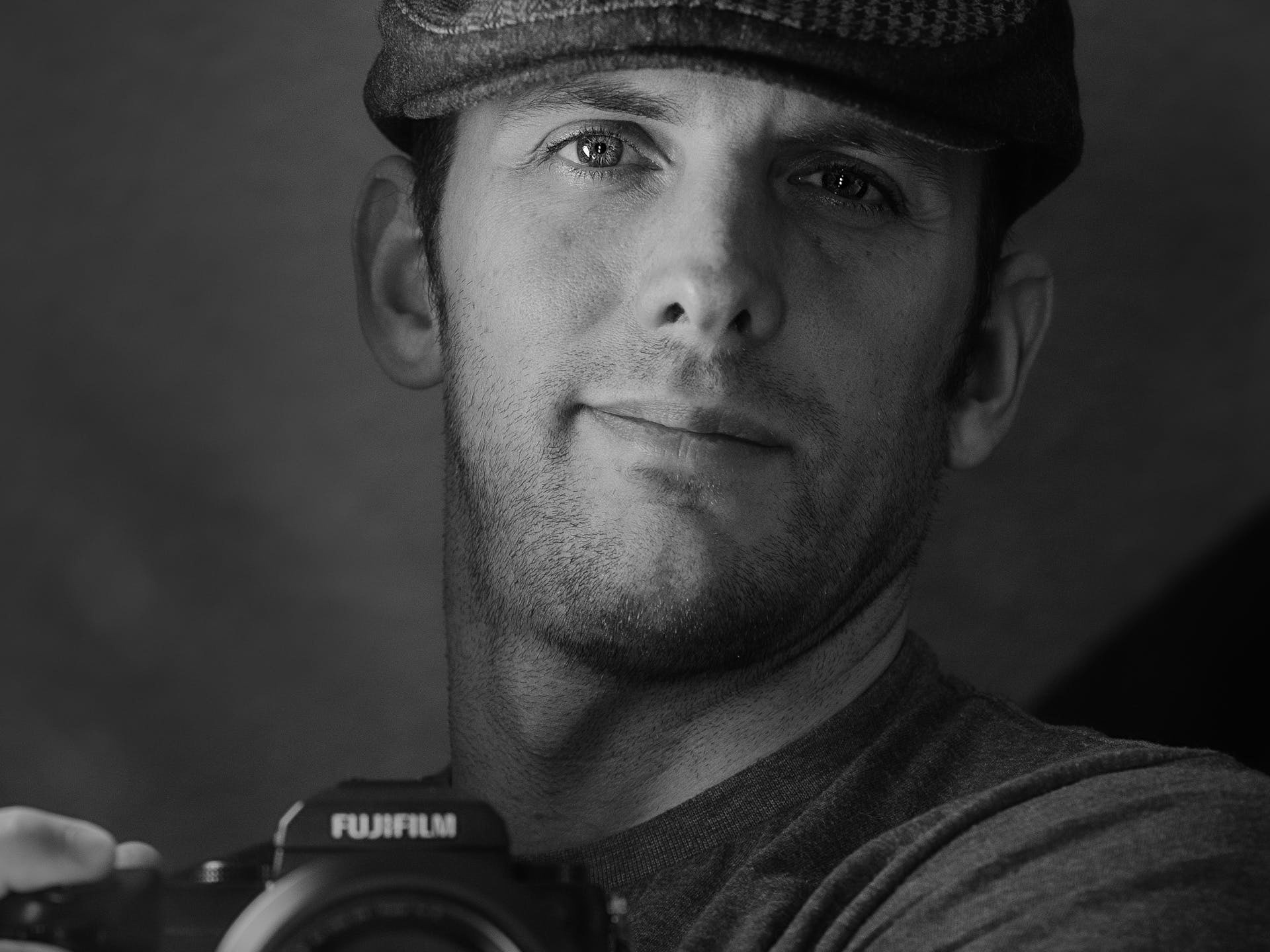Like many, I've become disenchanted by the sheer proliferation of landscape photographers. But I have to give him credit, if it weren't for the many that came before me, I might not be here now.
I visited a friend of mine in La Jolla, California in late 2013 and my friend was a collector of Peter Lik. At that time, I hadn't paid attention to photography in nearly a decade, and so when he told me a photographer I'd never heard of had released a new image and asked me if I'd go with him to see it, I thought nothing of it. I accompanied him to the local Lik gallery. And I confess, I was blown away by the images I saw. Not merely the skill of the photographer, or the ultra-premium printing and mountings, but the sheer size of the prints! Their detail was incredible. And thus the bar was set.
My friend that day bought two Lik photographs, whereas I resolved to buy instead a camera, and learn to take such photos on my own.
I ended up with a Nikon D610, a solid full-frame camera, which I never quite fell in love with. I never quite got the photos I liked, whether that be due to the camera or the camera-man, and I certainly never managed to take anything that even remotely resembled the things I'd seen at the Lik studio. Eventually, my enthusiasm for photography began to wane.
Alarmed by this, I sought a resolution. Which led me to discover Fuji. I borrowed at XT100 for a couple of days after reading about Fuji's approach to the market, and many reviews about how Fuji cameras had returned joy to the practice for so many other photographers. I was an immediate convert.
I went out an purchased an XT2, and loved it. It was a smaller format than my D610 of course, but the image quality was of course superb, the in-camera pre-sets simply fun, and the camera itself - with its hardware knobs and dials - a tactile pleasure. And then, because I was now plugged into the Fuji community, I heard about the GFX50s. And, really, thought nothing of it. I was loving the XT2 and had taken more photos in the couple of months I had it than I'd taken in a year prior with the D610. But, at the invite of the associates at my local camera store, I attended the Minneapolis unveiling of the GFX50s.
At the unveiling, they'd set up two models with lighting to allow the attendees the chance to shoot with the new cameras. I'd brought my own XT2, and so had my own memory card with me. I shot the models with my XT2, and then inserted my memory card into their GFX50s, and shot the models with it as well. That night, at home, I looked at the files produced by the GFX50s vs those by my XT2, and the next morning called the camera store and asked them to reserve me the first model they got in stock. I traded every camera body, lens, and article of equipment I'd accumulated in the prior decade to get it and a single lens, and I've had zero regrets ever since.
The raw power of the GFX50s is undeniable. The size of the sensor, the quality of the lenses, the power of the processor - they are all governed by physics and they are as top of the line as a pro-sumer is likely to find anywhere. But combined with the philosophy of Fuji, the GFX50s becomes a machine of breathtaking sophistication. For the first time, I'd found a machine that could harness all of my enthusiasm for photography and match it against the technical capabilities necessary to shoot images I could, should I desire, print to Lik-like proportions.
My photograph, Trees on Fire, is a great example of what the GFX50s can do. Along the waters edge in the far distance, are two geese. I didn't know they were there when I shot the photo, but when I looked at the file on my computer - there they were. I could zoom all the way in and make them out with almost perfect clarity. My XT2 or Nikon D610 never could have done that. Or my image, "Fern". It is, itself, a crop of a larger image. And even so, there are grains of sand and specks of dirt that, in my mind, make the image, but were in no way details I was aware of when I shot the photo. As a photographer, I am constantly trying to see the world in ways others might not, that I can capture that point of view and share it. And even so, the GFX50s affords me unprecedented levels of discovery. It opens the world up for me.

